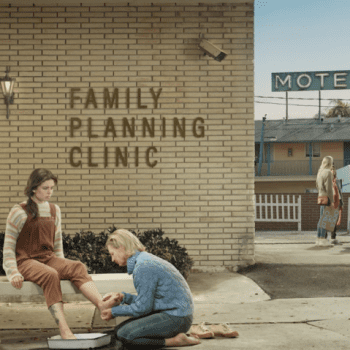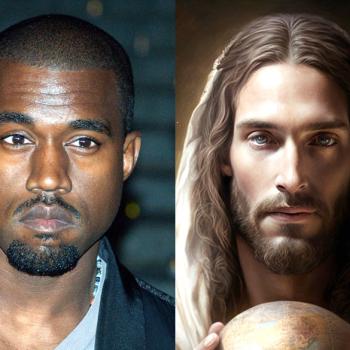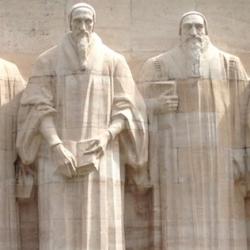Andrew Pettegree (Reformation and the Culture of Persuasion) observes a shift in rhetorical tone in Protestant-Catholic debates between the early and mid sixteenth century:
“While much of the polemical writing of Luther’s day was rumbustious in tone, making liberal use of ridicule and ad hominem attacks, it still vigorously maintained the prospect of reconciliation, or at least a personal change of mind. It could not be otherwise in a church where so many of the first generation of ministers were former Mass priests. By the 1560s the conflicts in northern Europe were being fought out in a very different context. Divisions between Protestant and Catholic were now en- trenched. Reconciliation was a real prospect only for a handful of idealist intellectuals. French polemicists engaged the battle for souls in full knowledge that the differences between contrasting visions of the true church were unbridgeable” (183).
Pettegree applies a model of propaganda developed by Norman Davis: reduction of conflicts into simple good v. evil; disfiguration of opponents by “crude smears and parodies”; manipulation of values of audience to one’s own ends; the habit of “presenting one’s viewpoint as if it were the unanimous opinion of all right-thinking people”; and orchestrating by “endlessly repeating the same messages in different variations and combinations” (183-4).
He finds that French polemicists on both sides of the Protestant-Catholic divide took up these tactics: “The Protestants achieved much with the dialectic use of paired opposites, from Luther on, though the device seems to have been taken to new levels in the age of religious war. Thus Protestants characterized their arch-foe, the Duke of Guise: ‘This one has changed God in to Satan, Christ into Bel, peace into war, the blessing into the wrath of God, a legitimate government into tyranny.’ The Catholic author Robert Ceneau put it more succinctly: ‘Either all Calvinist or totally faithful, in short either totally white or black.’ This was a rhetoric that left little room for reconciliation, and in France there would be none. Successive bursts of fighting interspersed by massacres and forced conversions left Balkanized communities. Catholics and Protestants lived largely in separate towns and villages, in mutual distrust and hostility” (184).














